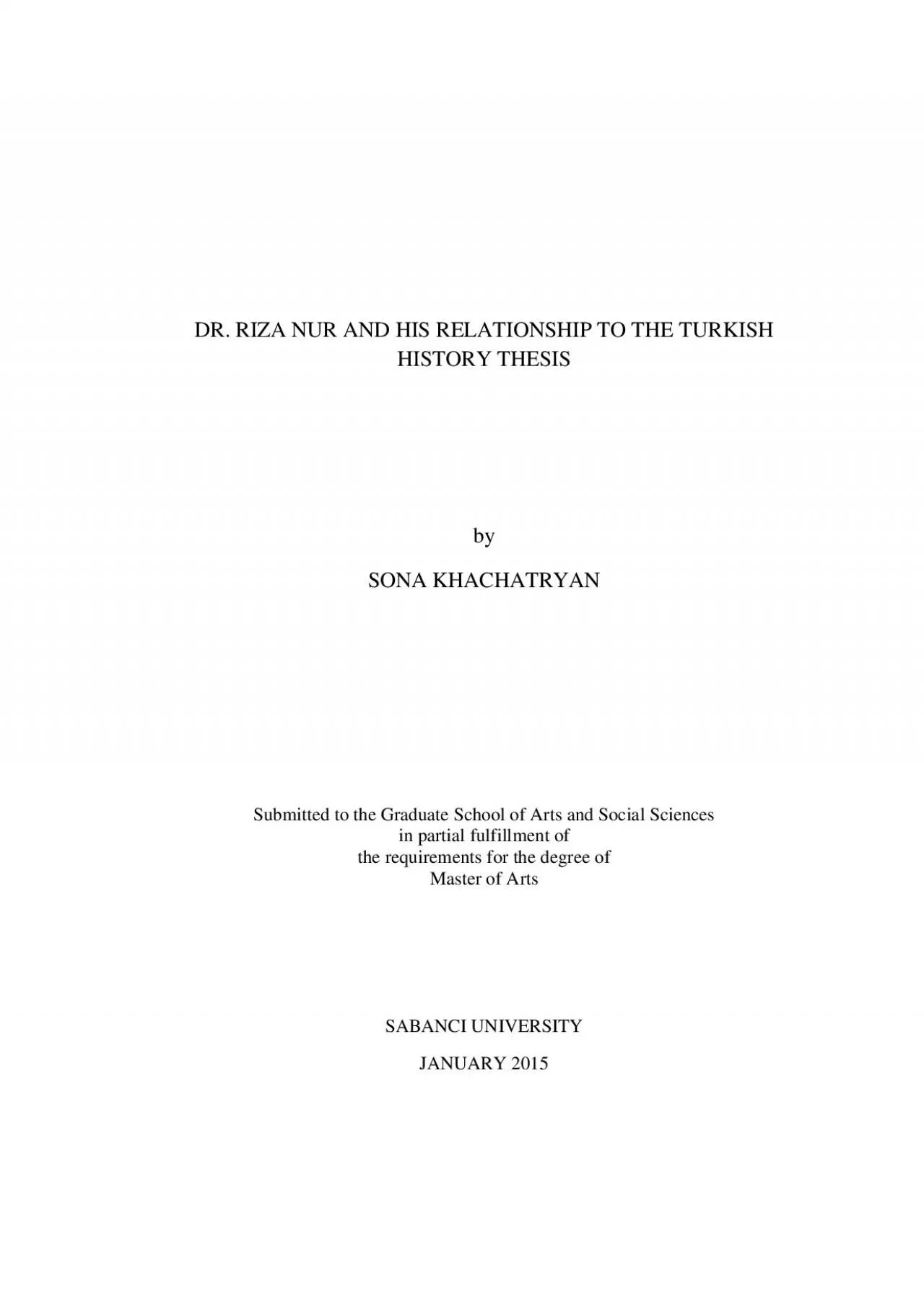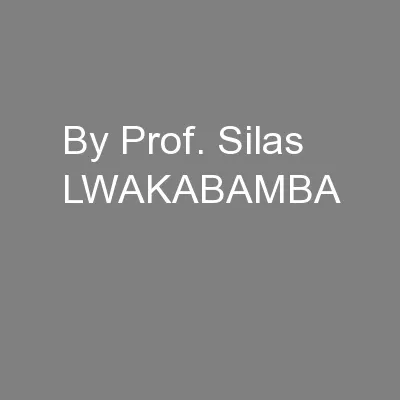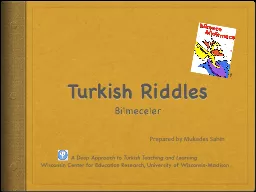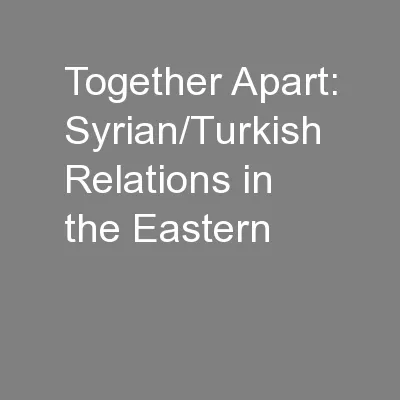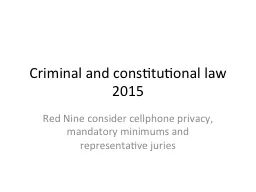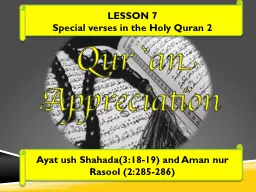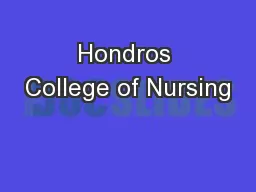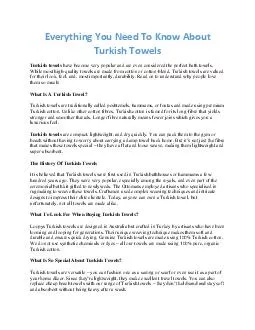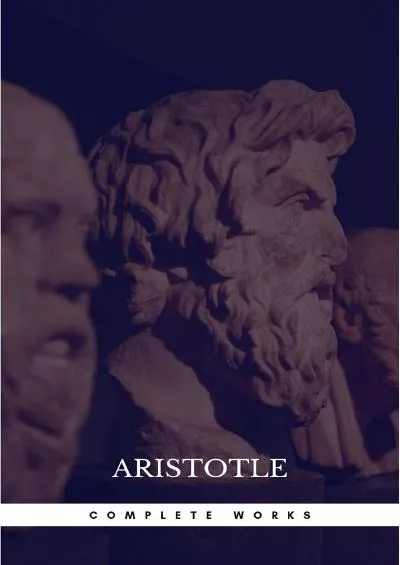PDF-DR RIZA NUR AND HIS RELATIONSHIP TO THE TURKISH
Author : sophia | Published Date : 2021-08-23
HISTORY THESISbySONA KHACHATRYANSubmitted to the Graduate School of Arts and Social Sciencesin partial fulfillment ofthe requirements for the degree ofMaster of
Presentation Embed Code
Download Presentation
Download Presentation The PPT/PDF document "DR RIZA NUR AND HIS RELATIONSHIP TO THE ..." is the property of its rightful owner. Permission is granted to download and print the materials on this website for personal, non-commercial use only, and to display it on your personal computer provided you do not modify the materials and that you retain all copyright notices contained in the materials. By downloading content from our website, you accept the terms of this agreement.
DR RIZA NUR AND HIS RELATIONSHIP TO THE TURKISH: Transcript
Download Rules Of Document
"DR RIZA NUR AND HIS RELATIONSHIP TO THE TURKISH"The content belongs to its owner. You may download and print it for personal use, without modification, and keep all copyright notices. By downloading, you agree to these terms.
Related Documents

